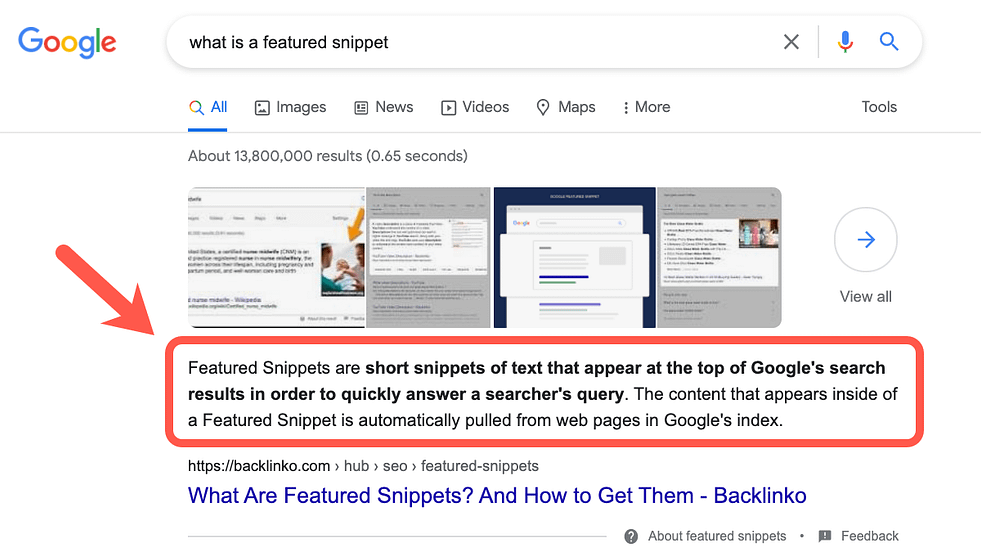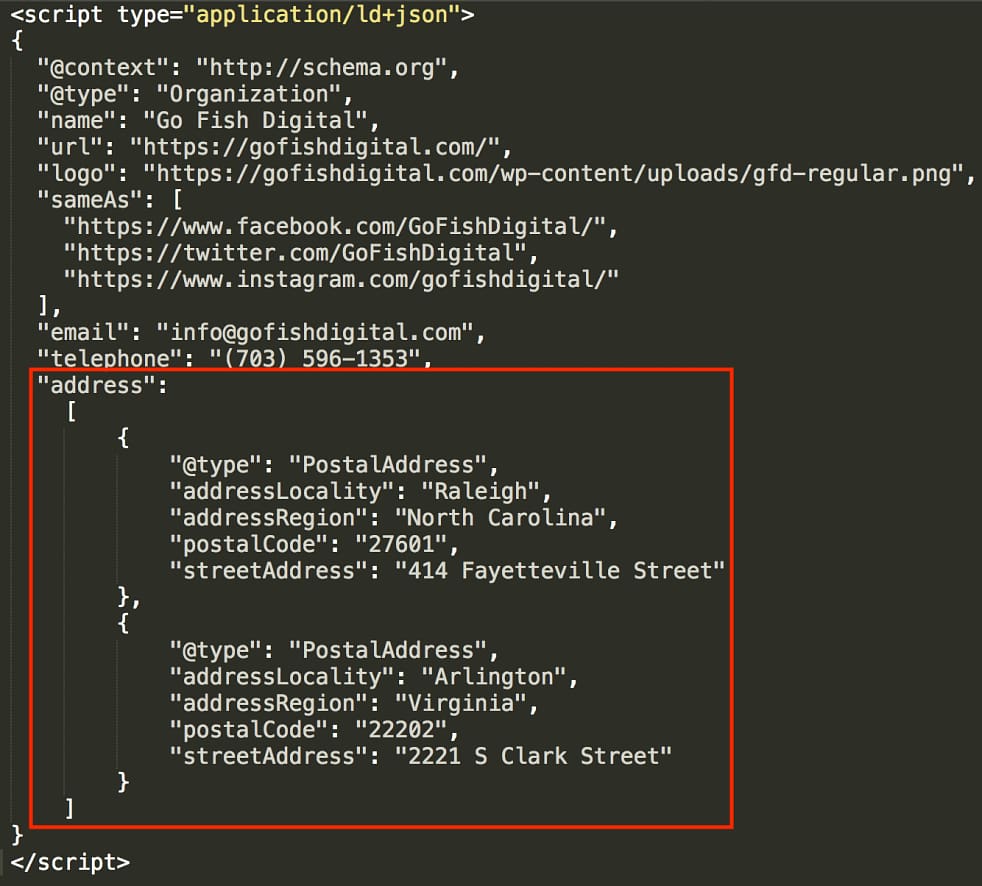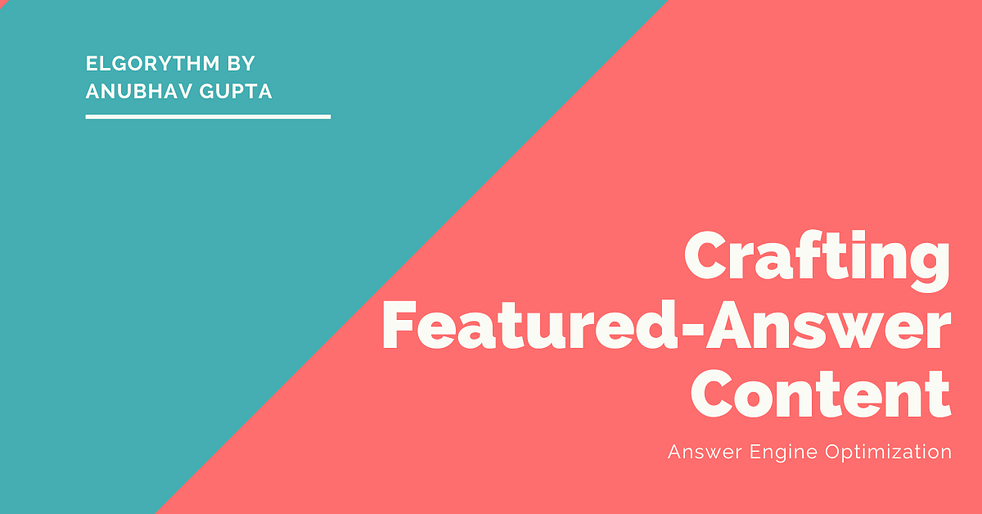Introduction | Optimize How-to for Featured Snippet
Google’s featured snippets occupy the coveted “position zero” in search results, appearing above traditional organic listings. These enhanced search features can dramatically increase your content’s visibility, click-through rates, and establish your authority in specific topics. How-to guides represent one of the most effective content types for capturing featured snippets, particularly when properly structured with JSON-LD schema markup and strategic formatting.[1][2][3][4][5]
Understanding Featured Snippet Fundamentals
Featured snippets appear for approximately 19% of all search queries, with how-to content representing a significant portion of these results. Google automatically extracts and displays concise answers from web pages, creating rich results that provide immediate value to searchers. These snippets typically fall into four main categories: paragraph snippets (40-60 words), numbered lists, bulleted lists, and table formats.[6][7][8][9]
Search engines prioritize content that directly answers user questions with clear, structured information. How-to guides naturally align with this preference because they provide step-by-step solutions to specific problems. When properly formatted with structured data markup, these guides become prime candidates for snippet selection.[10][11][12]

Optimize How‑To for Featured Snippet Success
Target Question-Based Keywords
Successful featured snippet optimization begins with identifying the right search queries. How-to content performs best when targeting question-based keywords that begin with “how to,” “steps to,” or “ways to”. Research tools like Google’s “People Also Ask” section and AnswerThePublic reveal common questions in your niche.[13][14][15]
Focus on long-tail keywords with moderate search volume and lower competition. Questions that already trigger featured snippets present the best opportunities, especially if you can provide more comprehensive or better-structured answers than existing results.[16][17]
Structure Content for Maximum Impact
Google favors content with clear hierarchical structure using proper heading tags. Begin your how-to guide with an H1 that directly mirrors how users search. Follow immediately with a concise 40-60 word summary that answers the primary question.[18][19][20]
Use question-based H2 subheadings to organize supporting information. Each section should provide specific, actionable information that builds upon the main topic. This structure not only improves snippet eligibility but also enhances overall user experience.[21][22][23]
Create numbered lists for sequential processes and bulleted lists for unordered items. Google particularly favors content that uses proper HTML markup including `<ol>`, `<ul>`, and `<p>` tags. Position your most important lists near the top of the content, preferably after the introduction.[^24][^25][^26]

Create How‑To Snippet Example JSON‑LD Schema
JSON-LD (JavaScript Object Notation for Linked Data) represents Google’s preferred format for structured data implementation. This approach allows you to add schema markup without modifying your existing HTML content.[24][25][26]
Basic How-To Schema Structure
Here’s a complete JSON-LD example for how-to content:
<script type=”application/ld+json”>
{
“@context”: “https://schema.org“,
“@type”: “HowTo”,
“name”: “How to Optimize Content for Featured Snippets”,
“description”: “Complete guide to optimizing how-to content for Google featured snippets”,
“image”: {
“@type”: “ImageObject”,
“url”: “https://example.com/featured-snippet-guide.jpg“
},
“estimatedCost”: {
“@type”: “MonetaryAmount”,
“currency”: “USD”,
“value”: “0”
},
“supply”: [“Computer”, “Internet connection”],
“tool”: [“SEO tools”, “Text editor”],
“totalTime”: “PT30M”,
“step”: [
{
“@type”: “HowToStep”,
“name”: “Research Keywords”,
“text”: “Identify question-based keywords using Google’s People Also Ask and keyword research tools.”,
“url”: “https://example.com/keyword-research-step“,
“image”: {
“@type”: “ImageObject”,
“url”: “https://example.com/keyword-research.jpg“
}
},
{
“@type”: “HowToStep”,
“name”: “Structure Your Content”,
“text”: “Create clear headings and provide concise answers in 40-60 word paragraphs.”,
“url”: “https://example.com/content-structure-step“
},
{
“@type”: “HowToStep”,
“name”: “Add Schema Markup”,
“text”: “Implement JSON-LD structured data to help search engines understand your content.”,
“url”: “https://example.com/schema-markup-step“
}
]
}
</script>
Required vs. Recommended Properties
Google requires specific properties for how-to schema eligibility. The name property should contain your guide’s title, while the step array must include individual HowToStep objects. Each step requires either text or itemListElement properties containing the actual instruction content.[27][28][29]
Recommended properties enhance your schema’s effectiveness. Include description for context, estimatedCost for supply information, and totalTime using ISO 8601 duration format. Adding supply and tool properties helps users understand requirements before beginning.[30][31][32]
Visual elements significantly improve schema performance. The image property should link to relevant images that illustrate your process. Each step can include individual images that correspond to specific instructions.[33][34][35]
How to Write Step‑by‑Step Instructions for Google
Crafting Clear, Actionable Steps
Google prioritizes instructional content that provides clear, sequential guidance. Each step should begin with action verbs and describe specific tasks users need to complete. Avoid vague language or assumptions about user knowledge levels.[36][37][38]
Write steps using simple sentence structure with minimal technical jargon. Break complex processes into smaller, manageable tasks rather than combining multiple actions into single steps. This approach improves both snippet eligibility and user comprehension.[39][40][41]
Number your steps consistently throughout the content. Use the same formatting approach (Step 1, Step 2) to maintain visual consistency. Place each step in its own H2 or H3 heading to improve structural clarity.[42][43][44]
Formatting Best Practices
Implement the inverted pyramid writing style by placing the most important information first. Begin each section with the key takeaway, then provide supporting details. This structure aligns with how Google extracts snippet content.[45]
Use short paragraphs with focused topics. Limit paragraphs to 2-3 sentences whenever possible. Break up text walls with bullet points, numbered lists, and visual elements.
Include relevant keywords naturally within your instructions. Target your primary keyword in the first paragraph and distribute related terms throughout the content. Avoid keyword stuffing, which can harm both readability and search performance.
Testing and Validation
Always validate your structured data implementation using Google’s Rich Results Test. This tool identifies markup errors and confirms eligibility for enhanced search features. The Schema Markup Validator provides additional syntax checking to ensure proper implementation.
Monitor your content’s performance through Google Search Console. Track impressions, clicks, and average position for targeted keywords. Featured snippet appearances typically show improved click-through rates and higher visibility metrics.
Test your content’s readability using tools that calculate Flesch Reading Ease scores. Aim for scores above 50 to ensure accessibility for general audiences. Higher readability scores correlate with better snippet performance.
Frequently Asked Questions
What makes how-to content eligible for featured snippets?
Content must provide clear, direct answers to user questions with proper structure and formatting. Google favors how-to guides that use numbered lists, concise explanations, and proper HTML markup.
How long should featured snippet answers be?
Paragraph snippets typically contain 40-60 words, while list snippets can include 5-8 items. Focus on providing complete answers within these length constraints while maintaining clarity and usefulness.
Does structured data guarantee featured snippet placement?
No, structured data markup improves eligibility but doesn’t guarantee placement. Google considers content quality, relevance, authority, and user engagement when selecting snippets.
How often should I update my how-to content?
Update content regularly to maintain freshness and accuracy. Review and refresh information every 6-12 months, updating statistics, examples, and best practices to reflect current standards.
Can multiple pages from the same site appear in featured snippets?
Yes, but Google typically shows only one snippet per domain for specific queries. Focus on creating the most comprehensive, well-structured answer for each target keyword.
What happens to organic rankings when content appears in featured snippets?
Featured snippets can reduce clicks to the source page, but they increase brand visibility and establish authority. The net effect varies by industry and content type, often resulting in increased overall traffic.
Citations:
- Google featured snippets guide – Mangools[1]
- Featured snippets optimization complete guide – LinkedIn[2]
- Zero-click SEO strategies for 2025 – DevEx Hub[3]
- Content formatting for featured snippets – Mac Accelerator[4]
- How to optimize for different snippet types – Sitebulb[5]
- Featured snippets capture position zero – Backlinko[6]
- How Google’s featured snippets work – Google Support[7]
- Featured snippets comprehensive guide – Digital Guider[8]
- Site optimization for featured snippets 2025 – Helix Beat[9]
- Featured snippet best practices – Night Watch[10]
- JSON-LD structured data guide for SEOs – Salt Agency[11]
- Structured data ultimate guide – Yoast[12]
- Featured snippet opportunities identification – Marketing Hire[13]
- Featured snippets guide for beginners – AIOSEO[14]
- Featured snippets and website optimization – Google Developers[15]
- SEO techniques for featured snippets 2025 – Dotcom Infoway[16]
- JSON-LD linked data format – JSON-LD.org[17]
- FAQ schema implementation guide – AirOps[18]
- Schema markup beginners guide – SpyFu[19]
- Article schema markup guide – Google Developers[20]
- HowTo schema structured data creation – Schema App[21]
- Flesch reading ease scores – Blumint[22]
- Structured data Google visibility guide – Click Forest[23]
- Google SERP snippet optimizer – SEO Scout[46]
- Flesch-Kincaid readability test – Flowpoint AI[47]
- Structured data and SEO 2025 – Search Engine Land[48]
- AI featured snippet optimizer – Ralf van Veen[24]
- Flesch reading ease score guide – Yoast[25]
- Meta descriptions writing guide – Google Developers[26]
- Flesch reading ease importance – Content Writers[27]
- Structured data for SEO benefits – O8 Agency[28]
- Google SERP snippet optimization – Higher Visibility[29]
- Flesch reading ease scoring – Readable[30]
- Schema markup complete guide – Rank Math[31]
- SERP simulator preview tool – Mangools[32]
- Flesch-Kincaid readability tests – Wikipedia[33]
- Structured data generation with JavaScript – Google Developers[34]
- Schema markup generator JSON-LD – Technical SEO[35]
- WordPress featured snippets guide – Qode Interactive[36]
- FAQ schema generator – Suso Digital[37]
- FAQ schema implementation guide – Infidigit[38]
- HowTo schema markup generator – Honey N Jam[39]
- FAQ schema practical guide – Rank Math[40]
Weblinks
- https://devexhub.com/blog/zero-click-seo-in-2025-how-to-optimize-for-google-s-featured-snippets
- https://yoast.com/structured-data-schema-ultimate-guide/
- https://maccelerator.la/en/blog/entrepreneurship/how-to-format-content-for-featured-snippets/
- https://sitebulb.com/resources/guides/how-to-optimize-for-different-types-of-featured-snippets/
- https://salt.agency/blog/json-ld-structured-data-beginners-guide-for-seos/
- https://mangools.com/blog/google-featured-snippets-guide/
- https://www.linkedin.com/pulse/featured-snippet-optimisation-your-complete-guide-winning-scott-jones-5gqpe
- https://www.schemaapp.com/schema-markup/what-is-schema-markup-a-guide-to-structured-data/
- https://backlinko.com/hub/seo/featured-snippets
- https://helixbeat.com/how-to-optimize-your-site-for-featured-snippets-in-2025/
- https://razorrank.com/seo-resources/homepage-structured-data-with-json-ld/
- https://support.google.com/websearch/answer/9351707?hl=en
- https://digitalguider.com/blog/featured-snippets-a-quick-guide/
- https://developers.google.com/search/docs/appearance/structured-data/generate-structured-data-with-javascript
- https://aioseo.com/how-to-get-featured-snippets-on-google/
- https://developers.google.com/search/docs/appearance/featured-snippets
- https://developers.google.com/search/docs/appearance/structured-data/intro-structured-data
- https://www.searchenginejournal.com/google-featured-snippets-guide/351272/
- https://www.dotcominfoway.com/blog/7-proven-seo-techniques-featured-snippets-2025/
- https://json-ld.org
- https://www.airops.com/blog/faq-schema-markup-example
- https://www.spyfu.com/blog/schema-markup-beginners-guide/
- https://marketerhire.com/blog/how-to-get-a-featured-snippet-on-google
- https://rankmath.com/blog/faq-schema/
- https://honeynjam.com/tools/schema-markup-generators/howto
- https://susodigital.com/tools/faq-schema-generator
- https://www.infidigit.com/blog/faq-schema/
- https://technicalseo.com/tools/schema-markup-generator/
- https://qodeinteractive.com/magazine/complete-guide-to-google-featured-snippets-for-wordpress/
- https://www.schemaapp.com/schema-markup/creating-howto-schema-markup-using-the-schema-app-editor/
- https://blumint.co/blog/flesch-reading-ease-scores
- https://www.clickforest.com/en/blog/structured-data-google
- https://seoscout.com/tools/serp-preview
- https://flowpoint.ai/blog/flesch-kincaid
- https://searchengineland.com/structured-data-seo-what-you-need-to-know-447304
- https://ralfvanveen.com/en/tools/ai-featured-snippet-optimizer/
- https://yoast.com/flesch-reading-ease-score/
- https://developers.google.com/search/docs/appearance/snippet
- https://contentwriters.com/blog/flesch-reading-ease-what-it-is-and-why-it-matters/
- https://www.o8.agency/blog/using-structured-data-google-seo-dont-miss-out-benefits
- https://www.highervisibility.com/seo/tools/serp-snippet-optimizer/
- https://readable.com/readability/flesch-reading-ease-flesch-kincaid-grade-level/
- https://rankmath.com/blog/schema-markup/
- https://mangools.com/free-seo-tools/serp-simulator
- https://en.wikipedia.org/wiki/Flesch–Kincaid_readability_tests
- https://developers.google.com/search/docs/appearance/structured-data/faqpage
- https://developers.google.com/search/docs/appearance/structured-data/article
- https://nightwatch.io/blog/optimize-for-featured-snippets/




